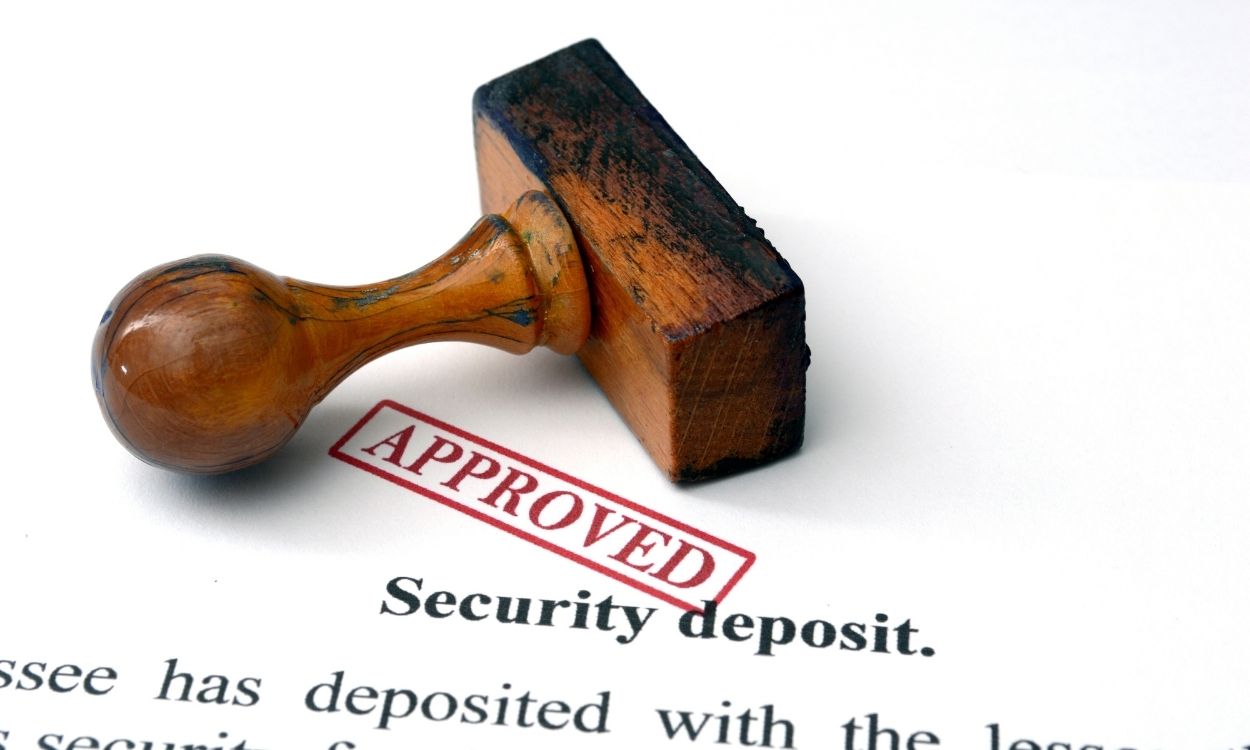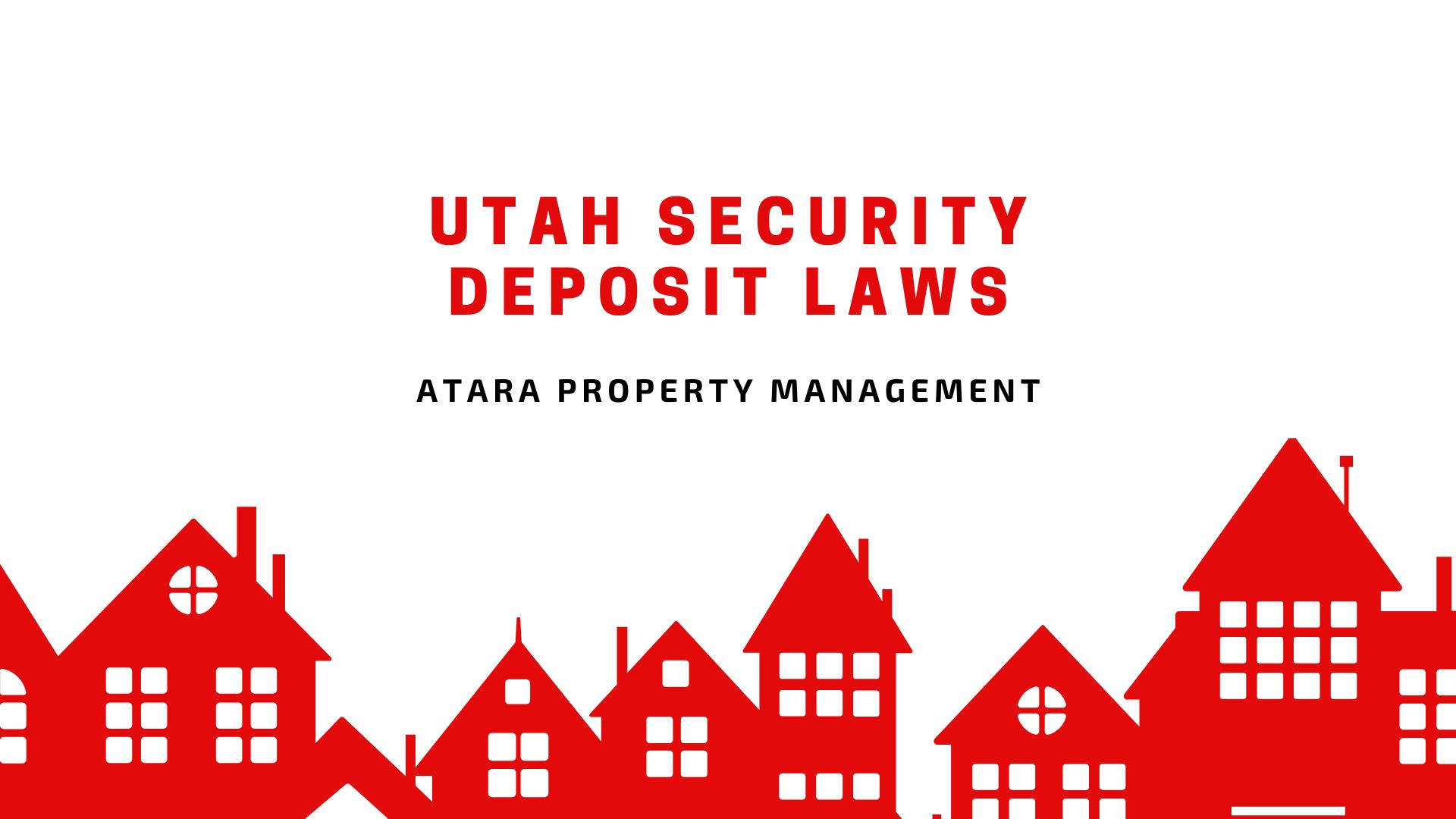Key Takeaways
- Utah Landlords have Flexibility in Setting Security Deposits - Unlike many states, Utah does not impose a maximum limit on how much landlords can charge for security or pet deposits. However, landlords should be mindful of market standards to avoid discouraging potential tenants or under-protecting their investments.
- Clear Documentation and Fair Handling of Deposits are Essential - Landlords must provide residents with a move-in checklist, allow inspections, and issue an itemized statement for any deductions upon move-out. Deductions are only allowed for excessive damage, unpaid rent, cleaning costs, or other agreed-upon charges.
- Compliance Protects Both Parties and Fosters Trust - Following Utah’s rules for handling, transferring, and returning deposits within 30 days helps landlords remain legally compliant and maintain good relationships with tenants. Professional companies like Atara Property Management can also ensure every step aligns with state and local regulations.
Under the Utah landlord-tenant law, landlords can require security deposits from new residents. Collecting security deposits from residents can help cover for unpaid utilities, late fees, cleaning costs, and even damage exceeding normal wear and tear.
As a landlord, though, you must ensure that you abide by certain rules as outlined under the Utah landlord-tenant law. There may also be additional local regulations you may need to keep in mind.

Thankfully, this article by Atara Property Management provides a comprehensive overview of the Utah security deposit law.
A Guide to Utah Security Deposit Law
Here are some elements of Utah’s security deposit laws that landlords need to know:
Maximum Security Deposit Limit
Certain states impose limits when it comes to how much security deposits landlords can charge their residents. For instance, some require that residential landlords charge residents not more than the equivalent of 2X the monthly rent as a security deposit.
This is, however, not the case under Utah’s landlord-tenant laws. Landlords can charge as much or as little as they wish. That said, landlords shouldn’t overcharge or undercharge residents.
If, for instance, you overcharge residents, you may have a hard time filling vacancies which can disrupt cash flow and long-term returns. If you undercharge them, the amount may not be adequate to safeguard you against certain negligent actions.
Additional Pet Deposits
There is also no limit on any additional pet deposits you charge residents. It should, however, be noted that there is one exception. You must not require tenants with service or emotional support animals to pay any additional pet deposits. This is per the Fair Housing Act in Utah, which requires landlords to treat residents fairly regardless of their protected classes including disability status.
Move-In Condition Requirements
Before a resident can move in to the Utah rental property, landlords must meet certain requirements first.

The requirements are as follows:
- Provide the resident with a signed inventory of any existing damage to the rental unit.
- Give the tenant a blank inventory checklist and allow them a reasonable time to inspect the unit and fill out the details in the form.
- Allow the resident to perform a walk-through inspection of the rental property.
Sale of Rental Property in Utah
After selling a rental property in the state of Utah, you must transfer the deposit to the incoming landlord. After doing so, the incoming property owner will then need to handle it per the state’s rules.
Holding of Tenants’ Security Deposits
Some states dictate the manner in which landlords must hold their residents’ security deposits after collecting them. Common requirements include:
- Keeping security deposits separate from other funds.
- Posting a bond for the amount of a security deposit.
- Holding security deposits in interest-bearing accounts.
These, however, are not a requirement under the Utah security deposit laws. There are no requirements as to how and where you should hold tenants’ security deposits.
Security Deposit Deductions
Under the Utah security deposit laws, landlords can only make deductions from a resident’s security deposit when either of the following scenarios happens:
- The resident moves out of the unit without clearing the rent due.
- The tenant moves out of the rental unit without fixing damage that exceeds standard wear and tear.
- The renter leaves the property in a condition requiring professional cleaning.
- The resident fails to pay other charges outlined in the lease before moving out.

When making such deductions, make sure to keep the charges reasonable. The estimates must also be in good faith.
Normal Wear and Tear vs. Damage in Utah
In Utah, normal wear and tear refers to any damage that occurs gradually over time following reasonable use of property. Examples include stained bath fixtures, gently worn carpets, lightly dirtied grout, and faded paint.
Excessive damage, on the other hand, is any damage that goes beyond normal wear and tear. Examples include missing fixtures, holes in the wall, broken tiles, and heavily stained carpets. Depending on the level of damage, it could constitute a lease violation resulting a tenant eviction.
Security Deposit Returns in Utah
Landlords must return their residents’ security deposit within 30 days after they vacate their rented premises. Under Utah laws, as the property owner, you must also provide the former tenant with a written notice indicating the security deposit due, as well as an itemized list of any deductions. You must send the notice to the tenant’s last known address either by certified or registered mail.
Bottom Line
Charging tenant a security deposit is critical to being a successful landlord. It’ll help you stay legally compliant, as well as protect you from financial losses due to certain negligent actions from the resident.
If you need help managing your properties consider working with a local team. Atara Property Management is a locally owned and operated company with a deep understanding of the Salt Lake City real estate market. Contact our property management team today to learn about our services!
Disclaimer: This blog should not be used as a substitute for legal advice from a licensed attorney in your state. Laws change, and this post might not be updated at the time of your reading. Please contact us with any questions you have in regards to this content or any other aspect of your property management needs.



